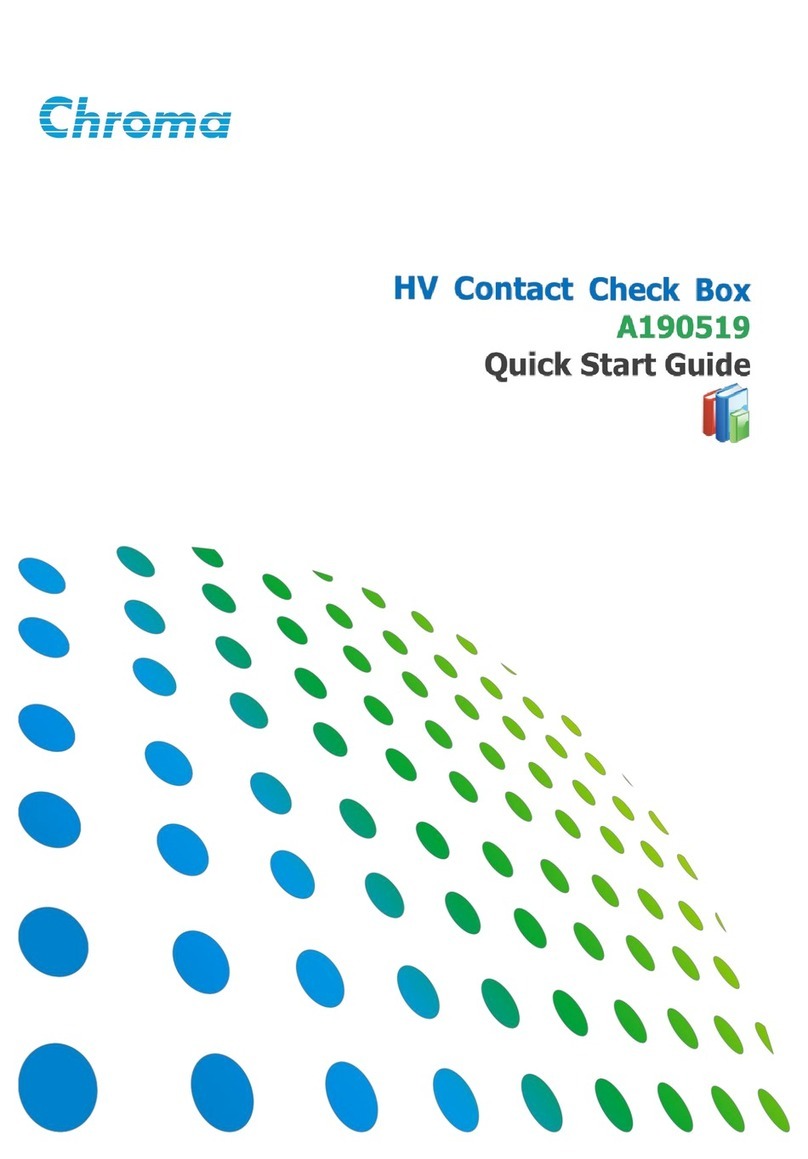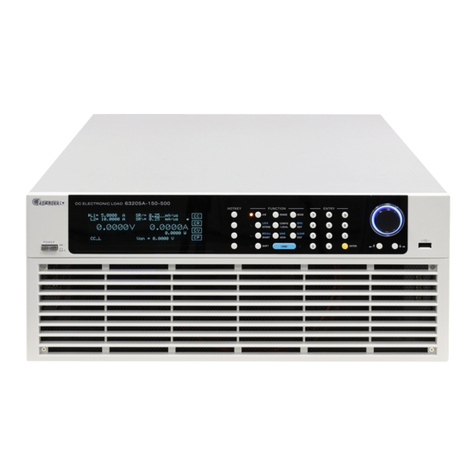Chroma 11210 User manual
Other Chroma Test Equipment manuals
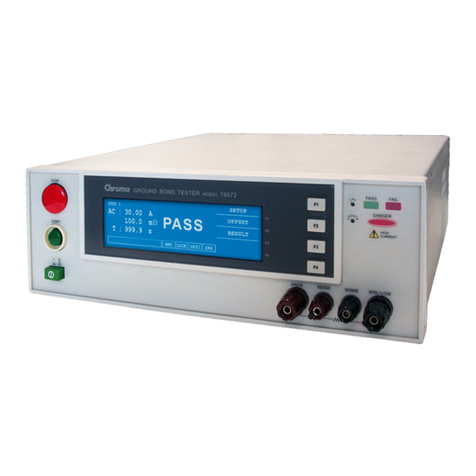
Chroma
Chroma 19572 User manual
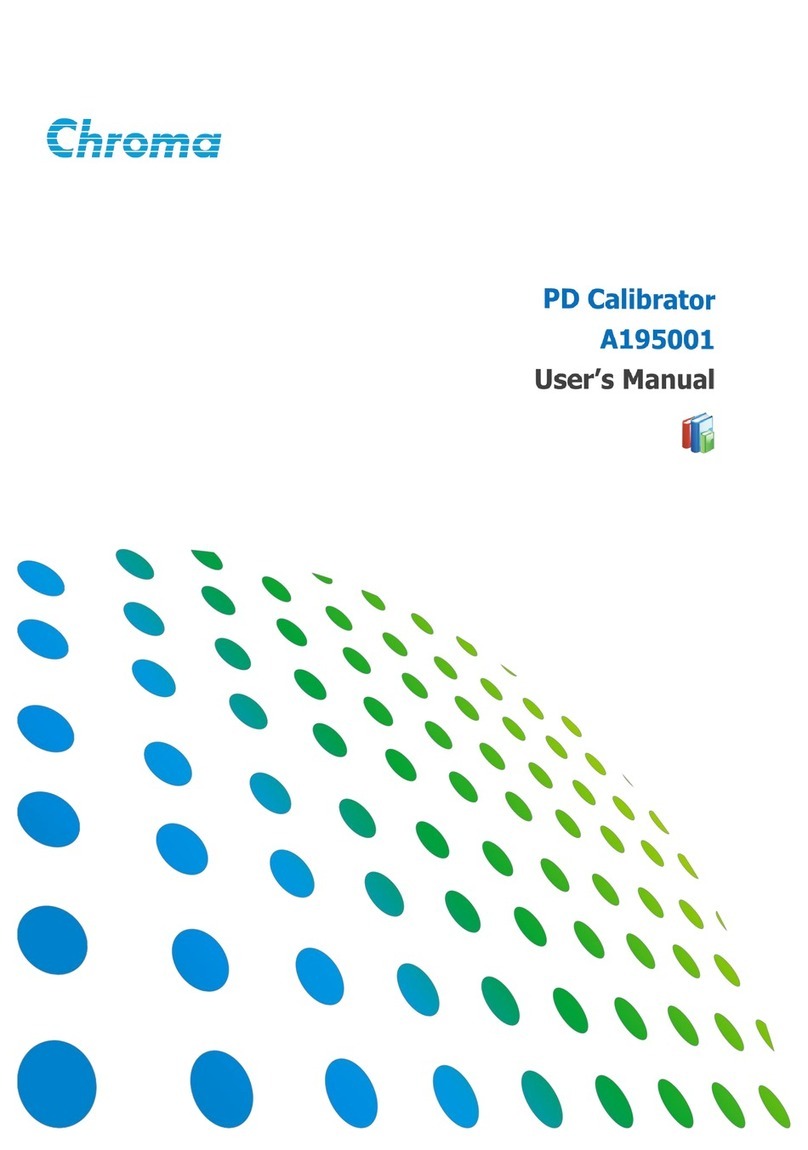
Chroma
Chroma A195001 User manual
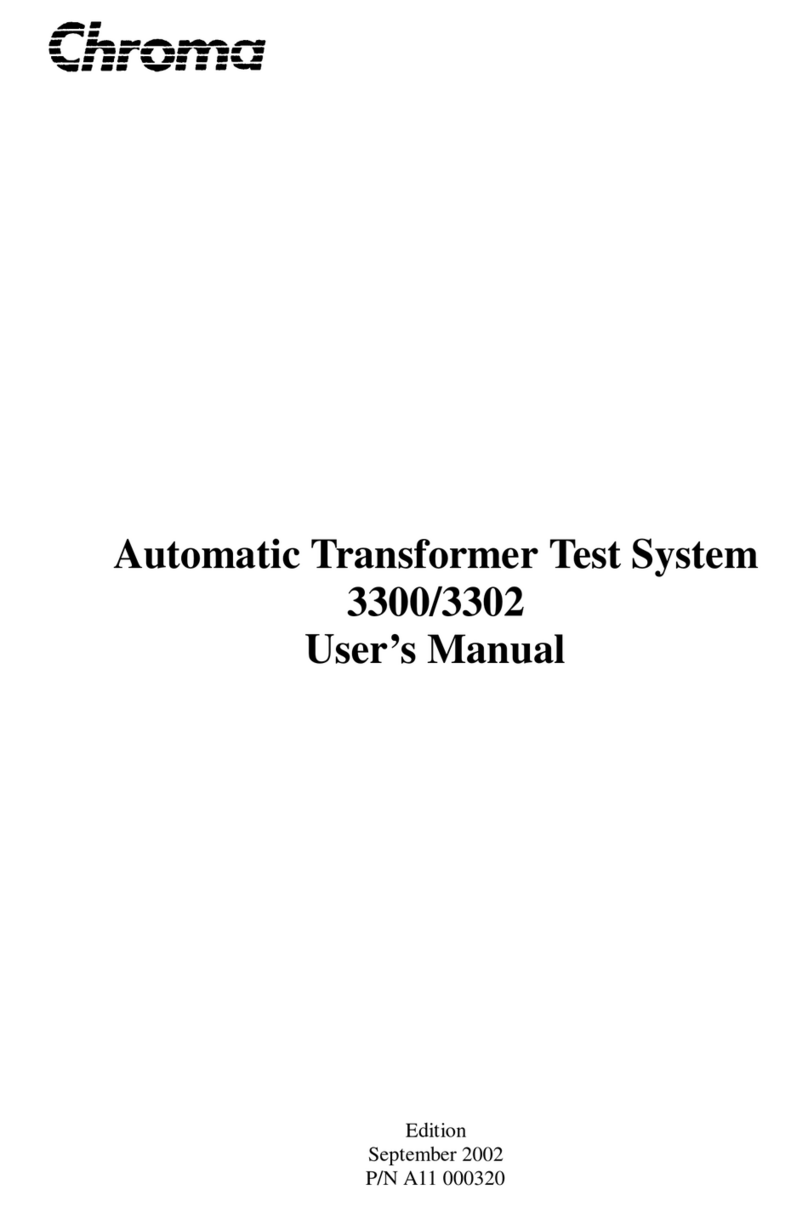
Chroma
Chroma 3300 User manual
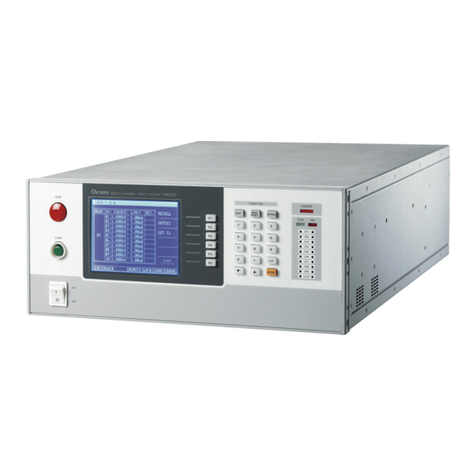
Chroma
Chroma 19020 User manual
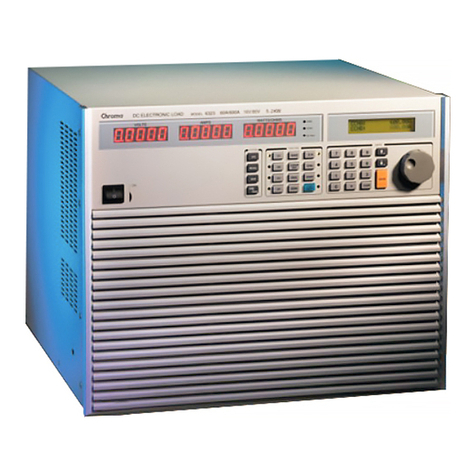
Chroma
Chroma 63200 Series User manual
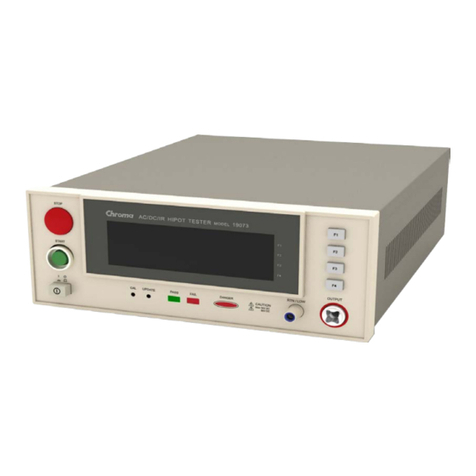
Chroma
Chroma 19071 User manual
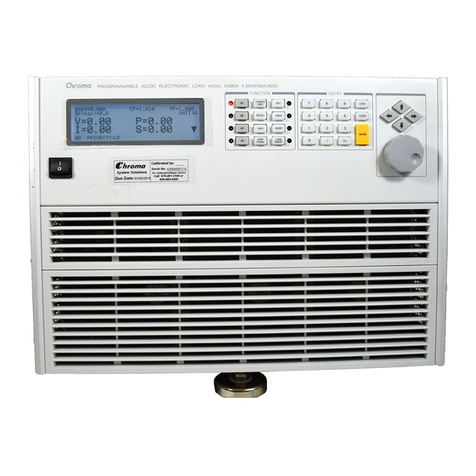
Chroma
Chroma 63800 Series Owner's manual

Chroma
Chroma 19020 User manual

Chroma
Chroma 19501-K User manual

Chroma
Chroma 63200 Series Owner's manual
Popular Test Equipment manuals by other brands

Redtech
Redtech TRAILERteck T05 user manual

Venmar
Venmar AVS Constructo 1.0 HRV user guide

Test Instrument Solutions
Test Instrument Solutions SafetyPAT operating manual

Hanna Instruments
Hanna Instruments HI 38078 instruction manual

Kistler
Kistler 5495C Series instruction manual

Waygate Technologies
Waygate Technologies DM5E Basic quick start guide

StoneL
StoneL DeviceNet CK464002A manual

Seica
Seica RAPID 220 Site preparation guide

Kingfisher
Kingfisher KI7400 Series Training manual

Kurth Electronic
Kurth Electronic CCTS-03 operating manual

SMART
SMART KANAAD SBT XTREME 3G Series user manual

Agilent Technologies
Agilent Technologies BERT Serial Getting started

